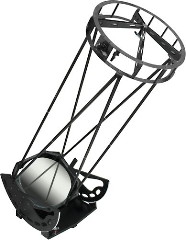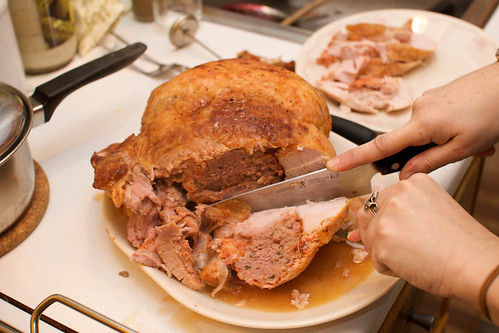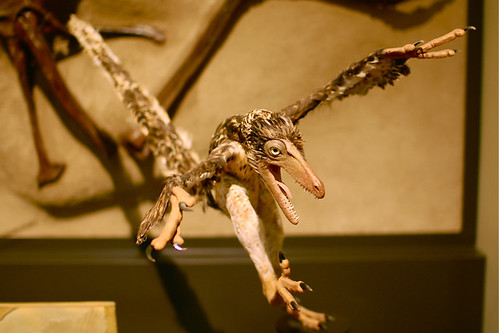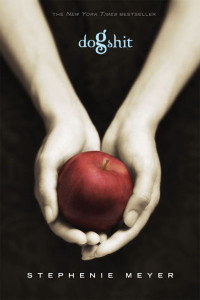Aperture fever has entered the pneumonic stage
 Orion has lost its mind: the telescope and binocular company has announced three “monster” Dobsonian telescopes, with apertures of 36, 40 and 50 inches. Yes, 50. The 50-incher, which won’t be available for a year and a half, will have a 500-pound mirror and, fully assembled, will weigh 900 pounds and be more than 14 feet long. It will also cost $123,000 (U.S.).
Orion has lost its mind: the telescope and binocular company has announced three “monster” Dobsonian telescopes, with apertures of 36, 40 and 50 inches. Yes, 50. The 50-incher, which won’t be available for a year and a half, will have a 500-pound mirror and, fully assembled, will weigh 900 pounds and be more than 14 feet long. It will also cost $123,000 (U.S.).
These are easily the largest commercially available telescopes out there; even Obsession maxes out at 25 inches (Obsession discontinued its 30-incher a while back, and made a grand total of four 36-inch telescopes before the difficulties of manufacturing nearly killed them). There are observatories with smaller scopes than this; in the 50-incher’s product description, Orion says that they’re aware of only three 48-inch scopes in amateur hands.
Now we won’t be able to pick these up at a local telescope dealer: they’re built to order, with a 75 percent down payment. If Orion sells more than, say, five of these in a single year, I’ll be shocked. These are clearly halo products intended to build Orion’s brand equity — the telescopic equivalent of a fancy sports car at the top of the marque to help push sales of compact cars. For a company that mainly imports inexpensive Chinese-manufactured scopes, this is an interesting move. And by “interesting” I mean, of course, “batshit crazy.”
One more example of holyshittery: all telescopes come with a warning not to point it at the sun, because it could damage the scope or, worse, blind you. These telescopes’ warning is a bit more insistent: not only could this thing blind you, it could start fires: “Don’t point a Monster Dob at the sun! Just pointing this at the sun can instantly damage eyepieces and cause irreversible eye damage and burns. Use extreme caution leaving it uncovered during daylight. Concentrated sunlight from this much aperture can damage the telescope or set its surroundings on fire!”





